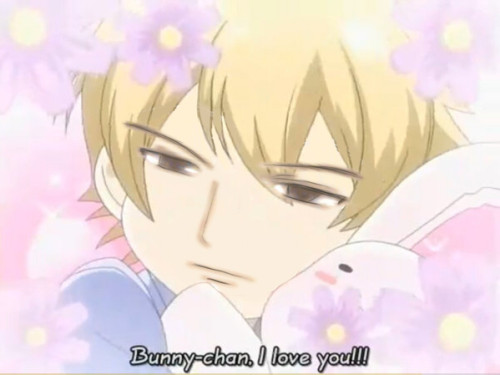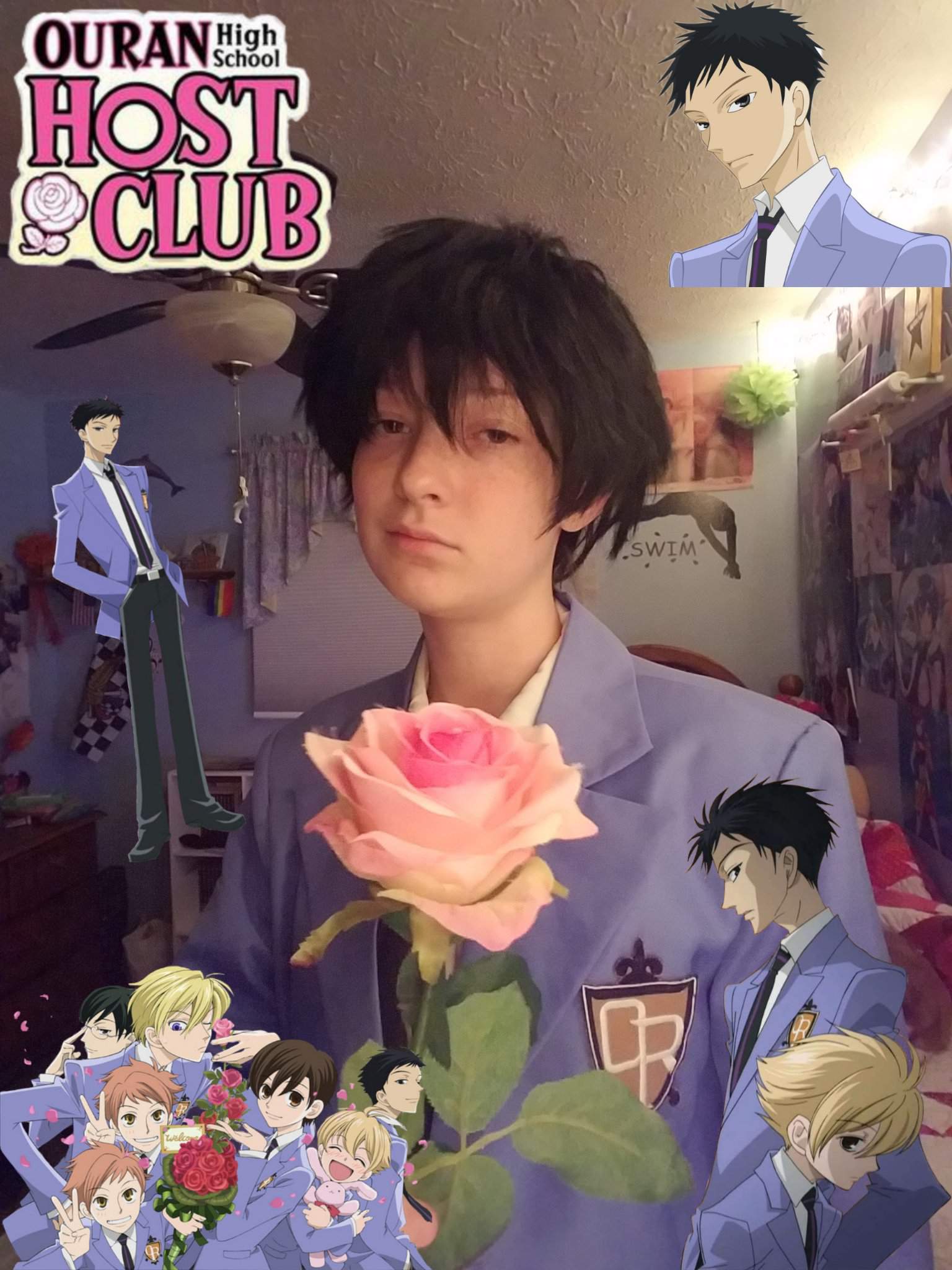

Furthermore, that the Japanese themselves tend to disregard the traditional culture under the justification of the modernization was his argument. Naumann pointed out that Japan opened its door to the international relations from the external forces and had easily and superficially accepted Western civilization. Of these, "the pros and cons of the modernization movement in Japan" and "the future of Japan" were the major points. According to "Wakaki hi no Mori Ogai" by Keiichiro Kobori, the controversy was focused on eight points including the origin of the Japanese people and the treatment of the Ainu people, food and clothing, public health, manners and customs, the influence of oil painting techniques on Japanese painting, Buddhism and myth, the effectiveness of the modernization movement, and the future of Japan. Naumann published a column in the newspaper "Allgemeine Zeitung”. Since it was a social occasion, the controversy seemed to have been settled, but the debate was continued when Dr. Ogai wrote in his "Doitsu Nikki" that he made a speech to refute Naumann's comments shortly. After the lecture, Naumann was said to have made a number of jokes critical of Japan in conversation with other scholars. In short, his criticism was that the opening of Japan to international relations was not a voluntary act, but was the result of foreign pressure.

Naumann gave a presentation entitled “Japan” at a lecture in which he criticized Japan. There was this one time that he started a public controversy against a German geologist, Dr Edmund Naumann. In his stay in Germany, Ogai sometimes encountered situations where he expressed his patriotism. One of his major accomplishments was his ability to create works using a style of "translation" that he obtained from his experience in European culture. As a matter of trivia, Mori Ōgai is the first Japanese known to have ridden on the Orient Express. During this time, he also developed an interest in European literature. Mori was sent by the Army to study in Germany ( Leipzig, Dresden, Munich, and Berlin) from 1884 to 1888. He was commissioned as a deputy surgeon ( lieutenant) in 1882. The author's oldest and youngest children (Mari and Rui)Īfter graduation, Mori enlisted in the Imperial Japanese Army as a medical officer, hoping to specialize in military medicine and hygiene. It was also during this time that he developed an interest in literature, reading extensively from the late-Edo period popular novels, and taking lessons in Chinese poetry and literature.
MORI SENPAI LICENSE
In 1874, he was admitted to the government medical school (the predecessor for Tokyo Imperial University's Medical School), and graduated in 1881 at the age of 19, the youngest person ever to be awarded a medical license in Japan. Mori stayed at the residence of Nishi Amane, in order to receive tutoring in German, which was the primary language for medical education at the time. In 1872, after the Meiji Restoration and the abolition of the domains, the Mori family relocated to Tokyo. As the eldest son, it was assumed that he would carry on the family tradition therefore he was sent to attend classes in the Confucian classics at the domain academy, and took private lessons in rangaku ("Dutch learning", and by extension "Western learning") and Dutch. His family were hereditary physicians to the daimyō of the Tsuwano Domain. Mori was born as Mori Rintarō ( 森 林太郎) in Tsuwano, Iwami Province (present-day Shimane Prefecture). Mori Ōgai's statue at his birthhouse in Tsuwano


 0 kommentar(er)
0 kommentar(er)
